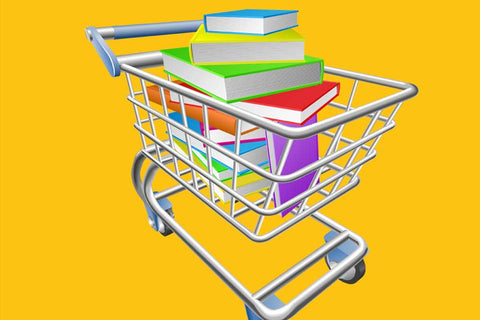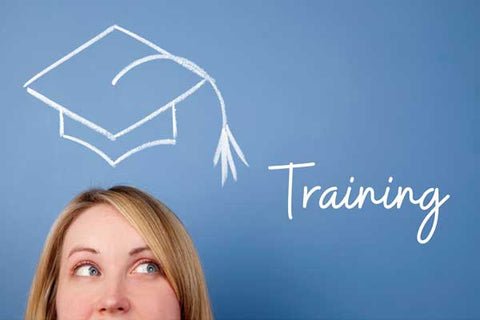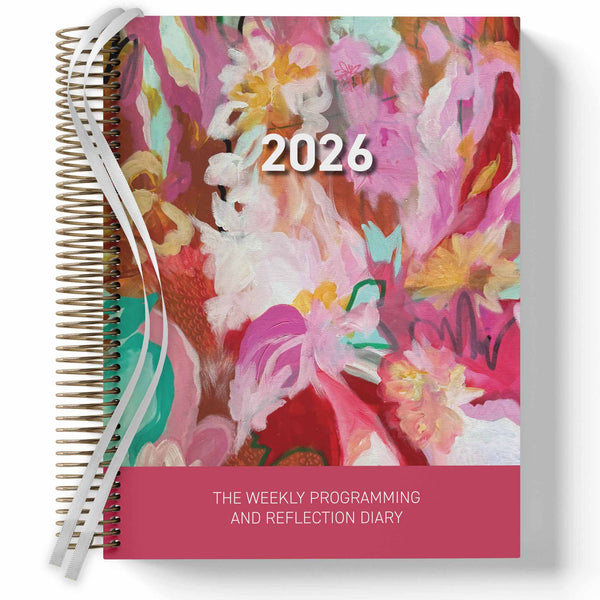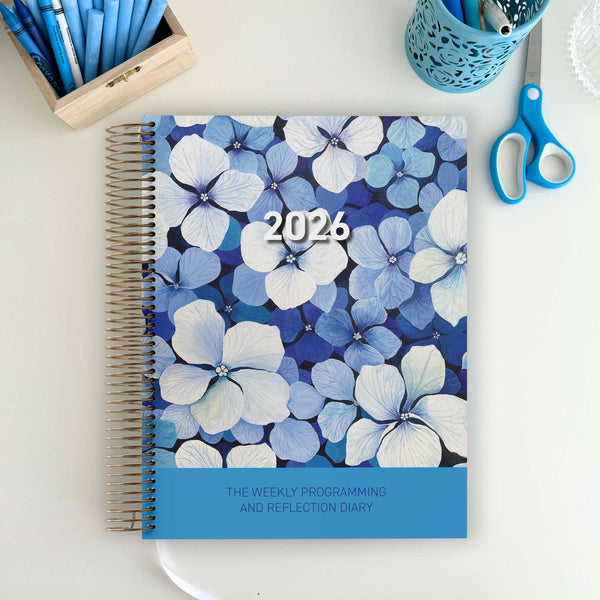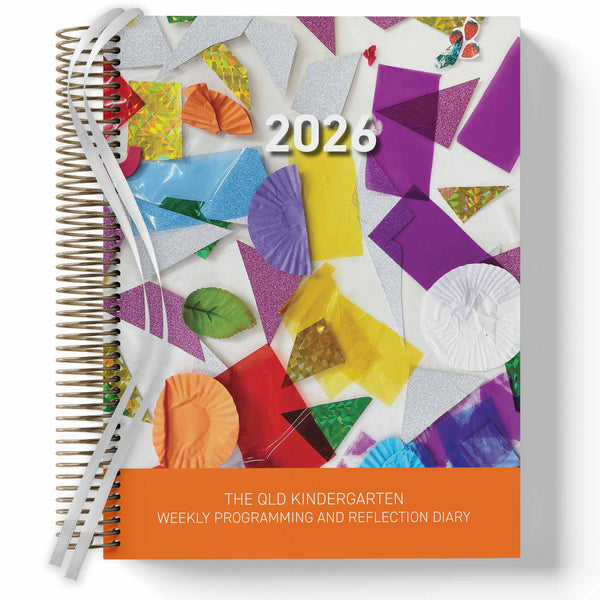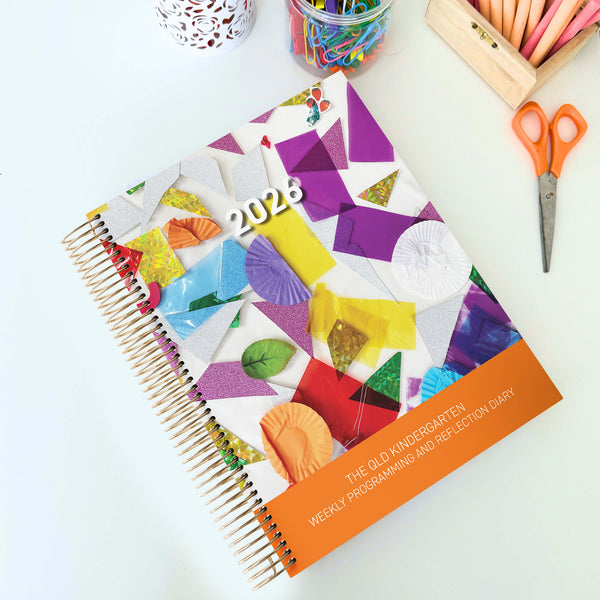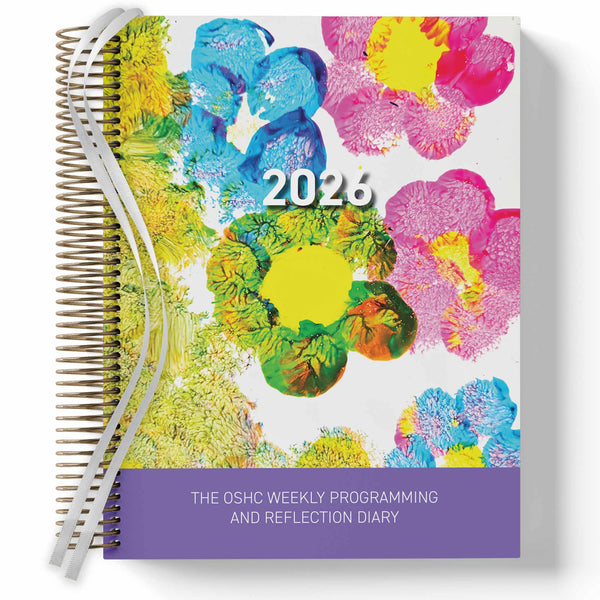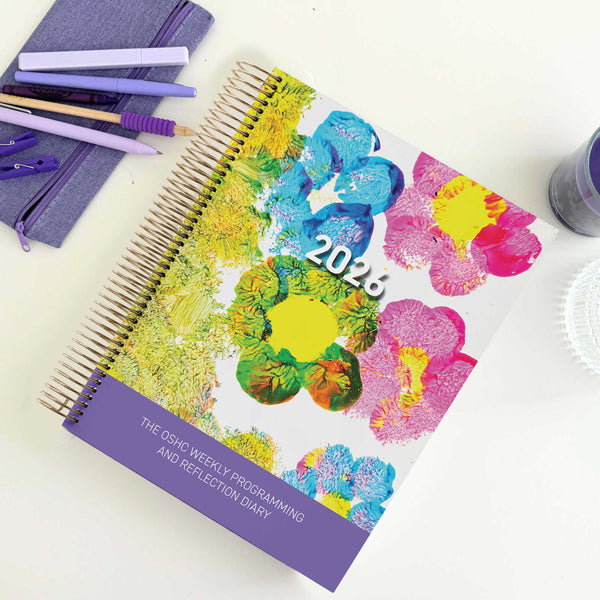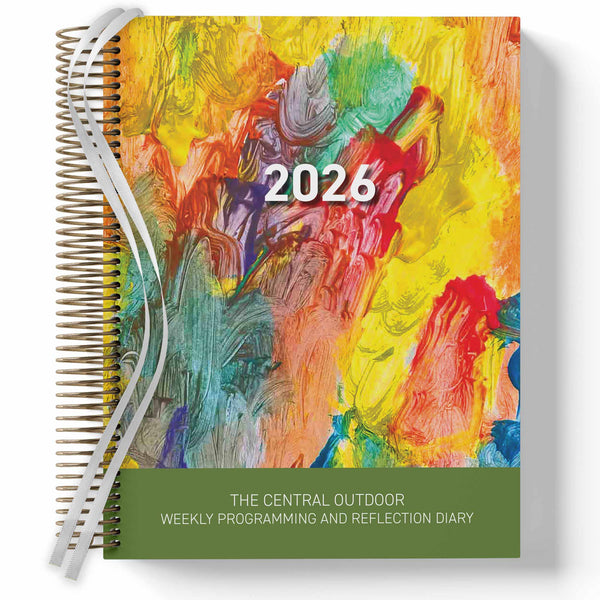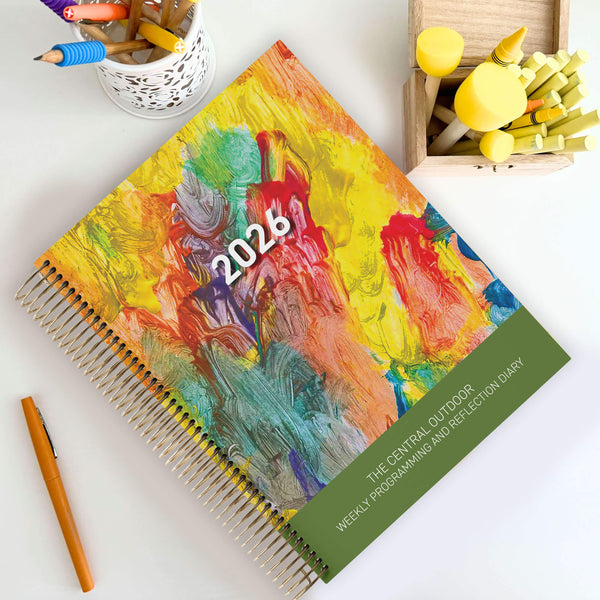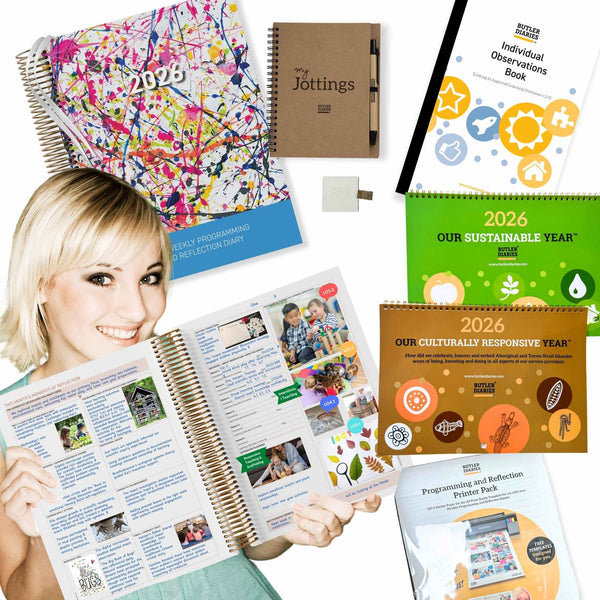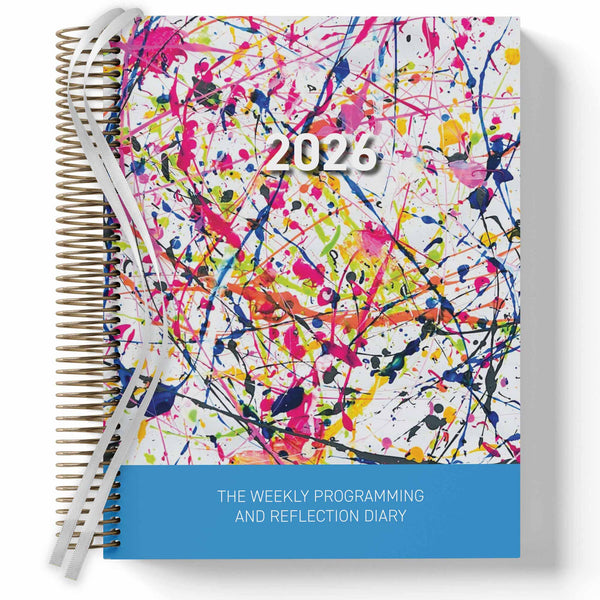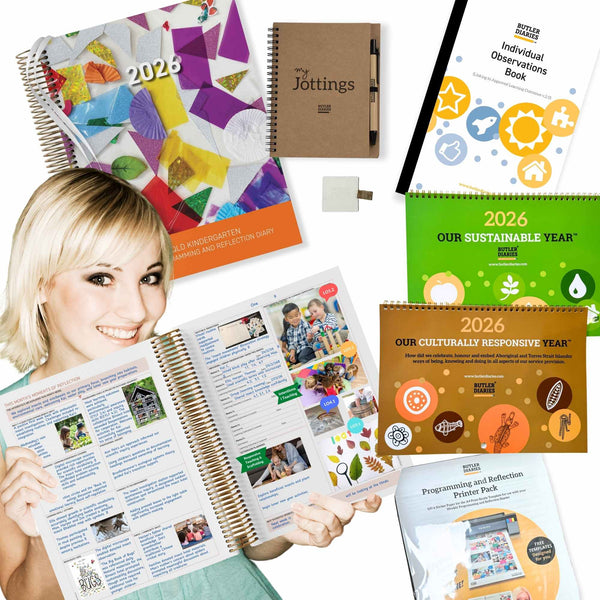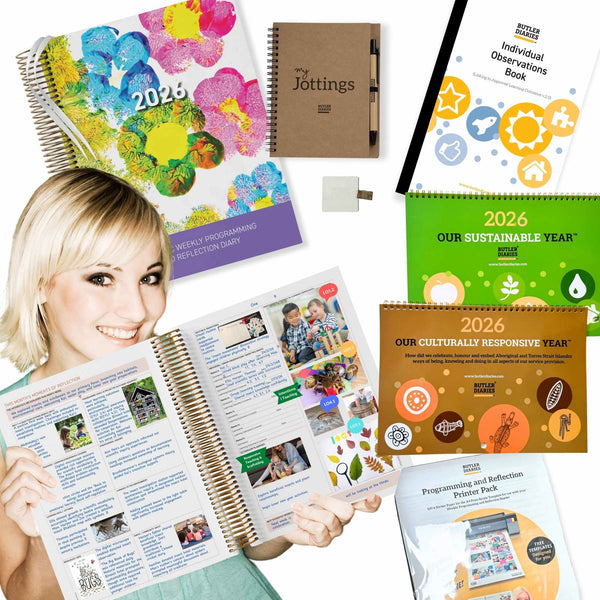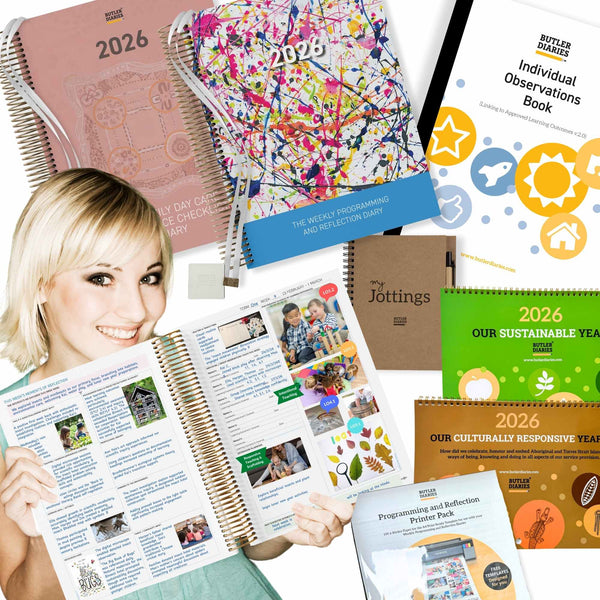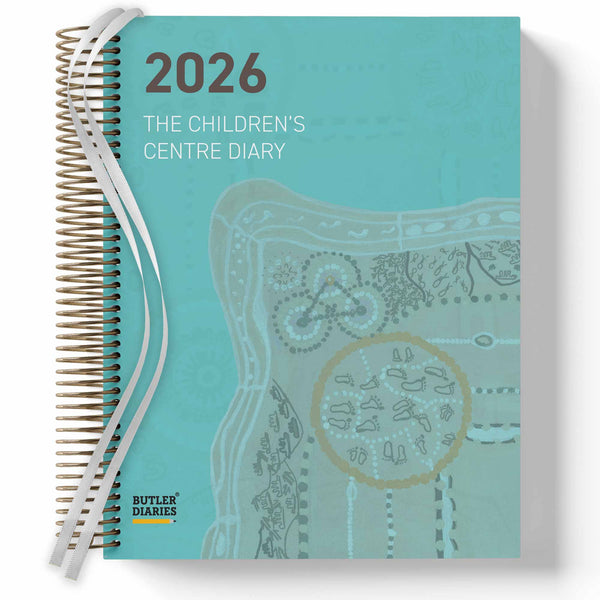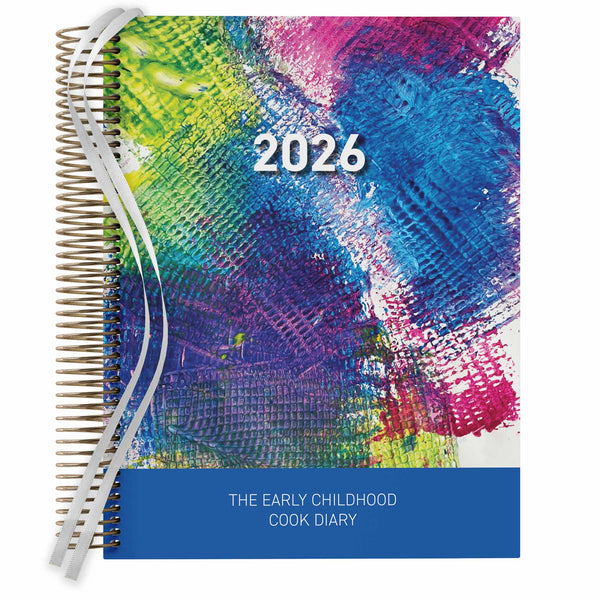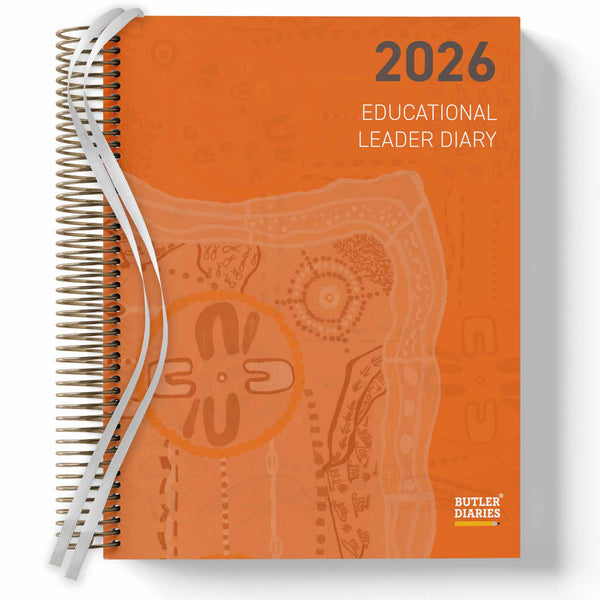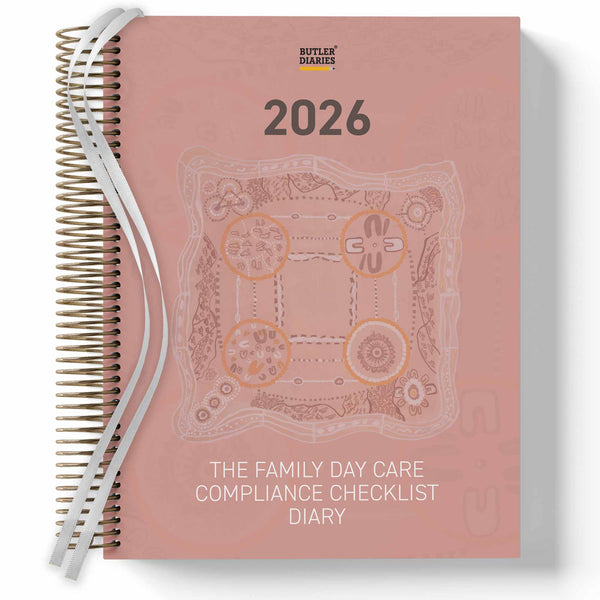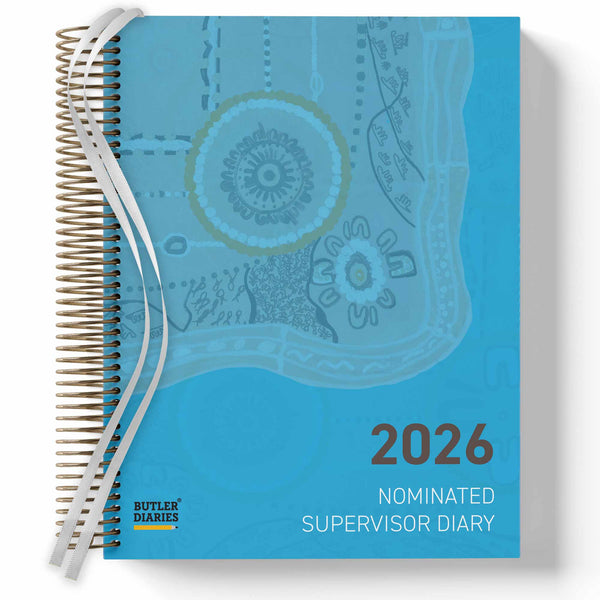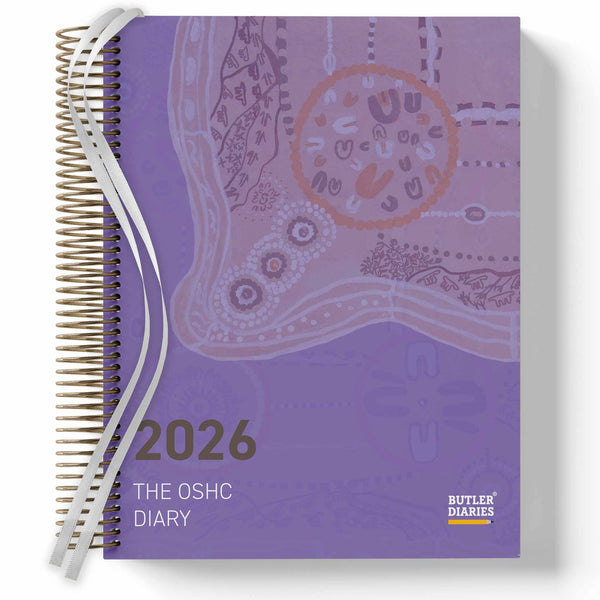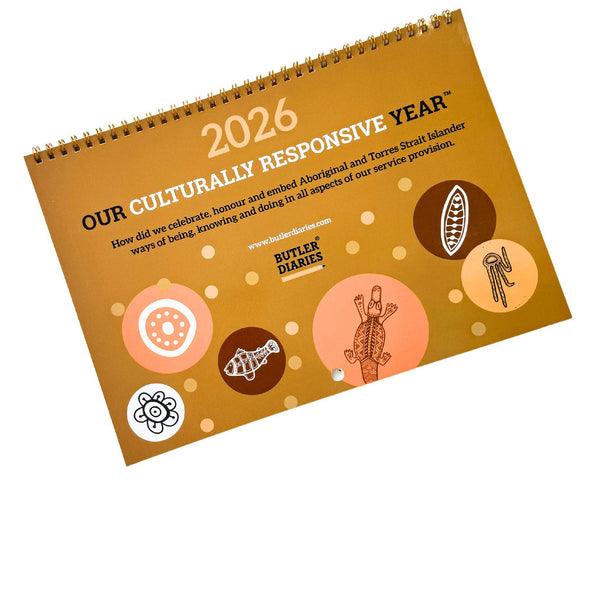Programming in Early Childhood Education and Care (ECEC) involves creating and implementing a curriculum that supports children’s learning and development. With the updates in the Early Years Learning Framework (EYLF) to version 2.0, it's essential to align your programming practices with the new standards to ensure high-quality education and care.
Understanding EYLF v.2.0
EYLF v.2.0 continues to focus on Belonging, Being, and Becoming but includes more emphasis on sustainability, cultural responsiveness, and critical reflection. It highlights the importance of inclusive practices and recognises the diverse ways children learn and develop.
Steps to Effective Programming in Childcare
-
Observation and Documentation
- Why: Observing children helps understand their interests, strengths, and needs.
- How: Use a variety of methods such as anecdotal records, learning stories, and digital portfolios to capture children's learning moments. We have tools to support you like our Individual Observation Book and Printer Pack.
- EYLF v.2.0 Focus: Include observations that reflect children’s cultural backgrounds and individual learning styles.
-
Planning and Programming
- Why: Planning ensures that the curriculum is intentional and responsive to children's needs.
- How: Develop a flexible plan that includes long-term and short-term goals, considering children’s interests and developmental stages. Our Programming Diaries help you develop a creative and inclusive program for all ages.
- EYLF v.2.0 Focus: Incorporate sustainability and cultural responsiveness into your planning with the help of our Calendars. Plan activities that teach children about environmental care and celebrate cultural diversity.
-
Implementation
- Why: Effective implementation ensures that planned activities are carried out successfully.
- How: Engage children in a variety of experiences that promote learning across all developmental areas.
- EYLF v.2.0 Focus: Use inclusive teaching strategies that cater to all children, including those with additional needs.
-
Reflection and Evaluation
- Why: Reflecting on the effectiveness of your program helps improve future planning and practice.
- How: Regularly assess and evaluate your program against the EYLF outcomes. Use our Programming Diaries and team meetings to discuss and record what worked well and what needs improvement.
- EYLF v.2.0 Focus: Emphasise critical reflection to understand the impact of your practices and make informed changes. Our Diaries are designed with a program spread followed by a reflection spread so it values critical reflection and the cycle of planning meaning your practices are informed and intentional.
Key Components of EYLF v.2.0 Programming
- Learning Outcomes: Ensure your programming aligns with the five learning outcomes: children have a strong sense of identity, are connected with and contribute to their world, have a strong sense of wellbeing, are confident and involved learners, and are effective communicators. If using our Programming Diaries, you will be able to quickly link your program with learning outcomes using the Framework checklist on the program spread.
- Pedagogical Practices: Use a range of teaching practices, including play-based learning, intentional teaching, and scaffolding. Reflect on your practices in the reflection spread of your Diaries.
- Learning Environments: Create inclusive and stimulating environments that support children's learning and development. Incorporate natural elements and materials that reflect the diverse cultures of the children in your care.
- Partnerships with Families: Collaborate with families to understand their child’s unique context and incorporate their insights into your programming. Again, designed to be captured in your Programming Diaries.
- Cycle of Planning: Your documentation should show how you are using the Cycle of Planning to plan for children. Learn more about the Cycle of Planning here.
Practical Tips for Programming
- Flexibility: Be adaptable and ready to modify your plans based on children’s evolving interests and needs. Our Diaries are the perfect tool to use for programming and reflection ensuring that your program is both intentional and also responsive to the interests and needs of the children.
- Engagement: Involve children in the planning process by seeking their input and encouraging them to make choices about their learning. Record this under Spontaneous/Children's Choices in your Programming Diaries.
- Professional Development: Stay updated with the latest research and best practices in early childhood education. Attend workshops and training sessions on EYLF v.2.0. Keep a record using your Professional Development Summary in your Diaries.
Conclusion
Effective programming in childcare requires a deep understanding of the EYLF v.2.0 framework and a commitment to continuous improvement. By following these guidelines, you can create a dynamic and responsive curriculum that meets the diverse needs of all children and supports their growth and development.
